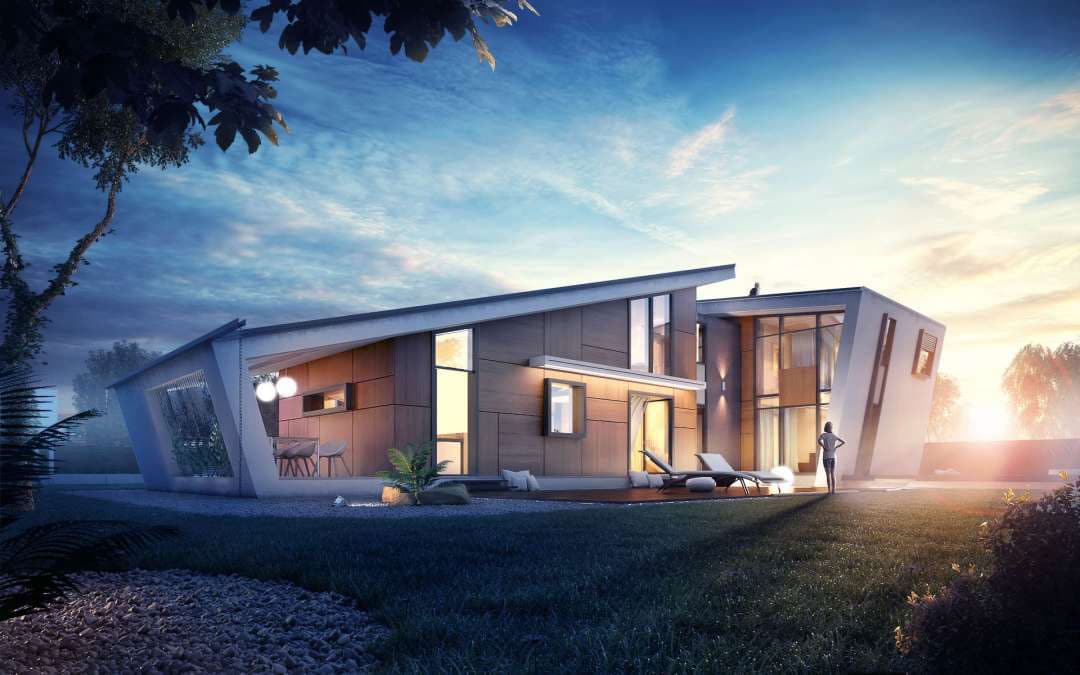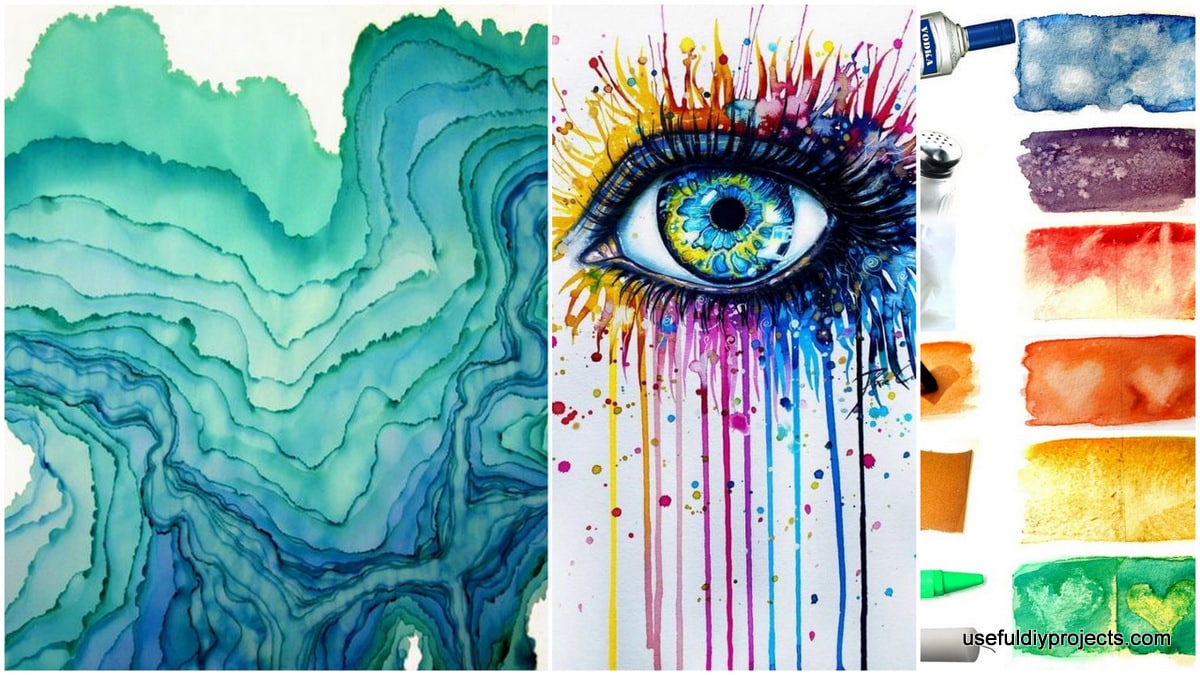The Expert Services of 3D Rendering Studio
In the ever-evolving landscape of design and visualization, the role of 3D rendering services has become indispensable. From architectural marvels to intricate product designs, the precision and realism offered by 3D rendering studios have redefined how we perceive and communicate ideas. 3D exterior rendering it’s a pinnacle of photorealistic images from 3D companies’ services, using these tools we can create magic such as aerial views, animation, and even step into the VR world.
The Spectrum of 3D Rendering Services
In the world of digital craftsmanship, 3D rendering services emerge as a boundless spectrum of possibilities, showcasing the fusion of technology and artistic finesse. Each type of rendering service serves to offer unparalleled depth and detail on the canvas of visualization. Let’s go through some of the main fields of visualization:
Architectural Rendering: Bringing Blueprints to Life
Architectural rendering transcends the limitations of traditional blueprints, offering an immersive portrayal of structures before they materialize. For example, when visualizations appear in our reality it becomes easier to explain how the building will look like, no need to show blueprints and then try to explain every detail. Let’s explore closer:
1. Immersive Visualization:
The immersive nature of these visualizations provides a holistic understanding of how the building will interact with its surroundings and how occupants will experience the space. This immersive experience goes beyond static drawings, fostering a deeper connection with the architectural vision.
2. Dynamic Communication:
In contrast to explaining intricate details from blueprints, architectural exterior rendering becomes a dynamic communication tool. These visualizations serve as a visual language, eliminating the need for extensive verbal explanations. A well-crafted rendering from a 3D rendering studio can express design concepts, spatial relationships, and aesthetic choices in a way that resonates with clients, investors, and other stakeholders.
3. Technological Evolution:
Architectural exterior rendering become a dynamic storytelling medium due to technological evolution. It is akin to creating a cinematic experience, where every detail is meticulously crafted and presented in a visually engaging manner. Through techniques such as animation and virtual reality (VR), architects can provide immersive virtual tours, allowing stakeholders to explore every nook and cranny of the design.
4. Expert Craftsmanship:
Architectural rendering is an art form that breathes life into designs. It involves meticulous attention to detail, from the 3D rendering studio. From the subtle interplay of light and shadow to the textures of materials that define the character of the structure. Each nuance is carefully considered and crafted, ensuring that the rendering encapsulates the essence of the architect’s vision.
5. Tangible Vision of the Future:
Architectural rendering serves as a tangible vision of the future. It goes beyond conceptualizing spaces on paper and transforms them into vivid, photorealistic representations. Stakeholders, including clients, investors, and the general public, can witness the potential of a project in a visually impactful manner, fostering excitement and confidence in the proposed design.
Product Rendering: Elevating Marketing Efforts
In the world of marketing, product rendering becomes a potent tool for brands seeking to captivate their audiences. This type of rendering goes beyond conventional photography, offering an opportunity to showcase products in a visually striking and emotionally resonant manner. The most famous companies use product visualizations in their marketing campaigns, and here is why:
1. Unmatched Realism:
Product rendering allows for the creation of hyper-realistic images that showcase products in a level of detail and clarity difficult to achieve through traditional photography.
2. Consistency Across Platforms:
Unlike traditional photoshoots that may require multiple settings and conditions, product rendering provides a level of consistency that is challenging to achieve with real-world photography. This consistency ensures that the product looks uniform across various marketing materials, from print advertisements to online platforms, reinforcing brand identity and recognition.
3. Customization and Iteration:
Product rendering allows for unparalleled customization, enabling brands to showcase variations of a product or experiment with different designs, colors, and settings. This flexibility is particularly advantageous in industries where rapid product iteration is essential, allowing companies to adapt swiftly to market trends and consumer preferences.
4. Enhanced Creativity:
The digital realm of product rendering liberates marketers from the constraints of physical environments. Brands can experiment with imaginative scenarios, creating visually stunning and emotionally resonant scenes that elevate the product beyond the ordinary narrative that the target audience’s aspirations and desires.
5. Cost-Effectiveness:
Traditional photoshoots may incur expenses related to locations, models, and equipment, product rendering offers a cost-effective alternative. Brands can save significantly on production costs, especially when considering the potential for frequent updates and iterations. This financial efficiency allows investing in other aspects of marketing strategy.
Medical Visualization: Revolutionizing Healthcare Communication
The integration of 3D rendering in medical visualization marks a transformative shift in healthcare communication and education. Beyond static images, medical visualization allows for the creation of dynamic, three-dimensional representations of complex anatomical structures and medical procedures. This not only aids in diagnosis and treatment planning but also revolutionizes medical education by providing a more tangible and interactive learning experience for students and professionals alike.
1. Precision in Diagnosis and Treatment:
Medical visualization, powered by a 3D rendering studio, brings a new level of precision to the field of diagnosis and treatment planning. With 3D rendering, healthcare professionals can explore detailed three-dimensional models of organs, tissues, and abnormalities. This immersive understanding enhances diagnostic accuracy, leading to more informed treatment decisions and better patient outcomes.
2. Interactive Learning for Professionals:
For medical professionals, especially surgeons and specialists, static textbooks and images can’t convey so much. The dynamic nature of 3D-rendered medical visualizations allows them to interact with anatomical structures in real-time. This interactive learning experience facilitates a deeper understanding of complex procedures, improving surgical planning, and fostering continuous professional development.
3. Simulation and Training:
Incorporating 3D rendering into medical education allows for realistic simulations and training scenarios, enabling medical students and professionals to practice procedures in a virtual environment. This hands-on approach contributes to skill development, confidence building, and the refinement of techniques without the need for direct patient involvement.
4. Research Advancements:
Medical researchers benefit from 3D rendering by visualizing and analyzing complex datasets in ways that traditional methods cannot match. The insights gained from 3D-rendered medical visualizations contribute to advancements in medical research, potentially leading to breakthroughs in understanding and treating various conditions.
Interior Rendering: Crafting Immersive Spaces
In the expansive world of 3D rendering services, interior rendering plays a huge element, transforming virtual spaces into immersive and lifelike environments. Before 3D visualization came into human lives it was quite difficult to understand and explain own needs and designer’s view. Nowadays, it’s changed. 3D rendering studios create apartment spaces that can be changed immediately if the client doesn’t like the color, for example, or want to remove the chair and so on. This specialized service within the spectrum of 3D rendering opens new dimensions for architects, designers, and clients alike.
1. Interior Visualization Beyond Exterior:
While architectural rendering brings external structures to life, interior rendering delves into the heart of a design, illustrating how spaces come alive within. It allows stakeholders to visualize the interplay of light, textures, and furnishings in interior spaces with remarkable realism.
2. Design Validation and Iteration:
Designers can experiment with various layouts, color schemes, and furniture arrangements, allowing for informed decisions based on visual insights. This iterative process ensures that the final interior design aligns seamlessly with the envisioned aesthetic and functional goals.
3. Client Engagement and Communication:
For clients, understanding the intricacies of an interior design concept can be challenging through traditional means. Interior rendering bridges this communication gap by presenting a comprehensive visual representation.
4. Marketing and Pre-Sale Visualization:
In real estate and property development, interior rendering becomes a compelling tool for marketing and pre-sale visualization. Prospective buyers can explore every room, corner, and detail of a property before it is built, facilitating a more engaging and persuasive sales process.
5. Realism in Furnishing and Textures:
Similar to product rendering, interior rendering excels in portraying the realism of furnishings and textures. From the softness of upholstery to the gleam of polished surfaces, every detail is meticulously crafted. This level of realism not only aids in presenting design concepts accurately but also contributes to creating an emotional connection with the envisioned living or working space.
6. Cost-Effective Design Development:
Interior rendering streamlines the design development process, offering a cost-effective alternative to physical mock-ups or showroom setups. Designers can experiment with a myriad of design elements without the need for extensive physical prototypes, saving both time and resources while maintaining the highest standards of design quality.
Conclusion
The expert services provided by 3D rendering studios have significantly transformed various industries, ushering in a new era of visual communication and design innovation. From architectural marvels to intricate product designs, the spectrum of 3D rendering services offers boundless possibilities, blending technology and artistic finesse to create immersive and realistic visualizations.
3D rendering services have become indispensable tools that not only enhance the creative process but also streamline communication, improve decision-making, and contribute to significant cost savings in various industries. As technology continues to advance, the impact of 3D rendering on design, visualization, and communication is likely to grow, further pushing the boundaries of what is possible in the digital world.







